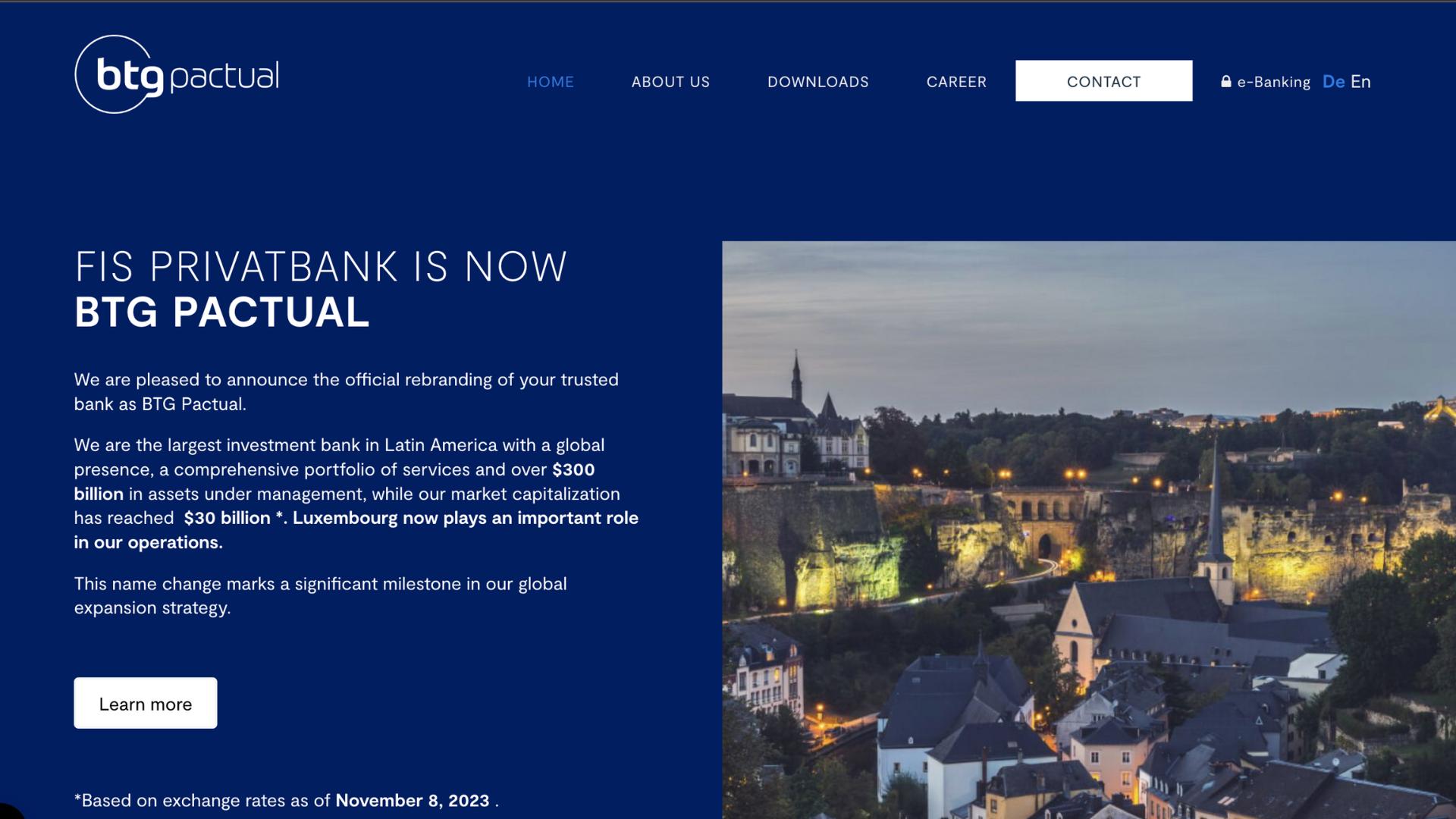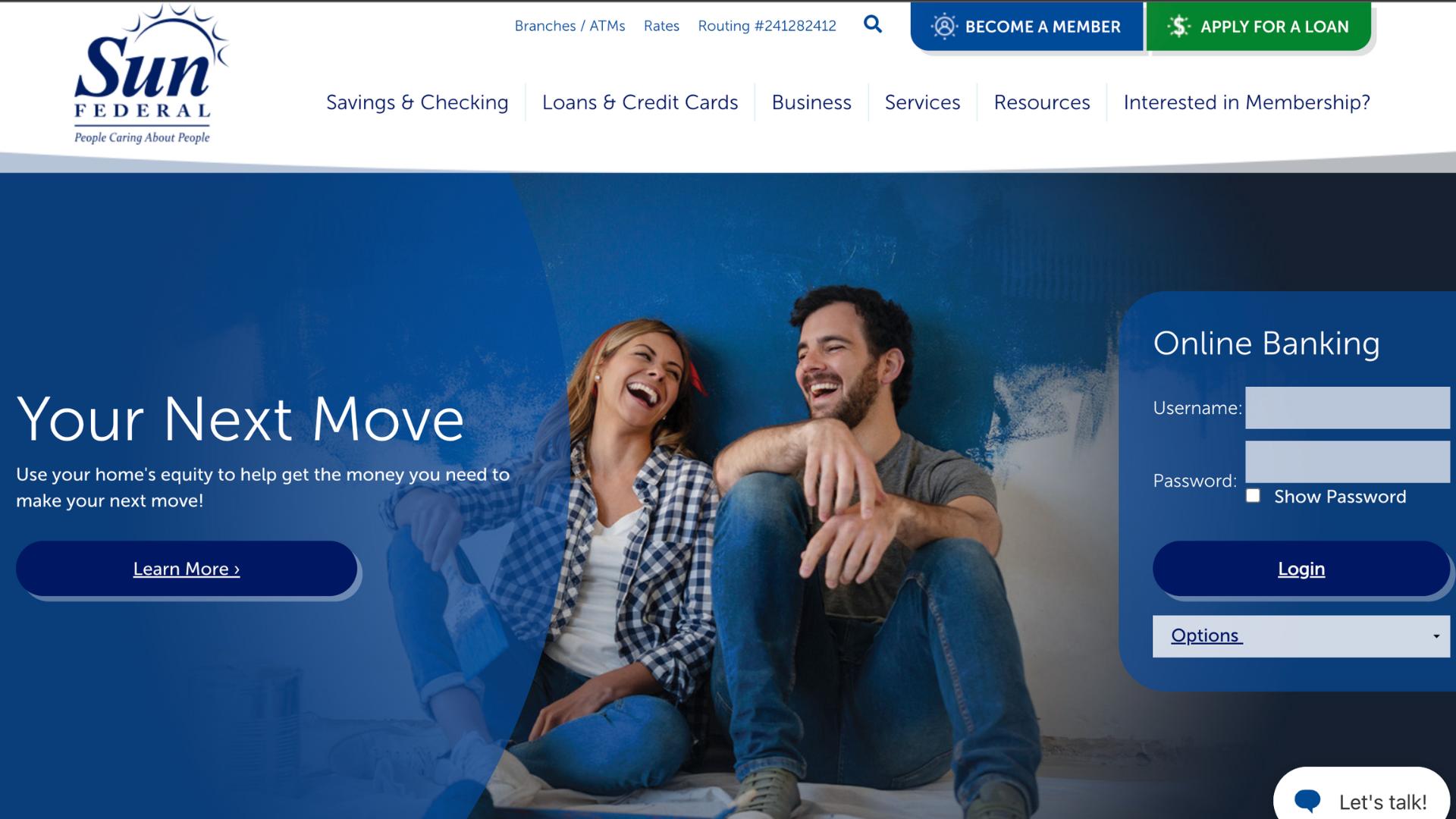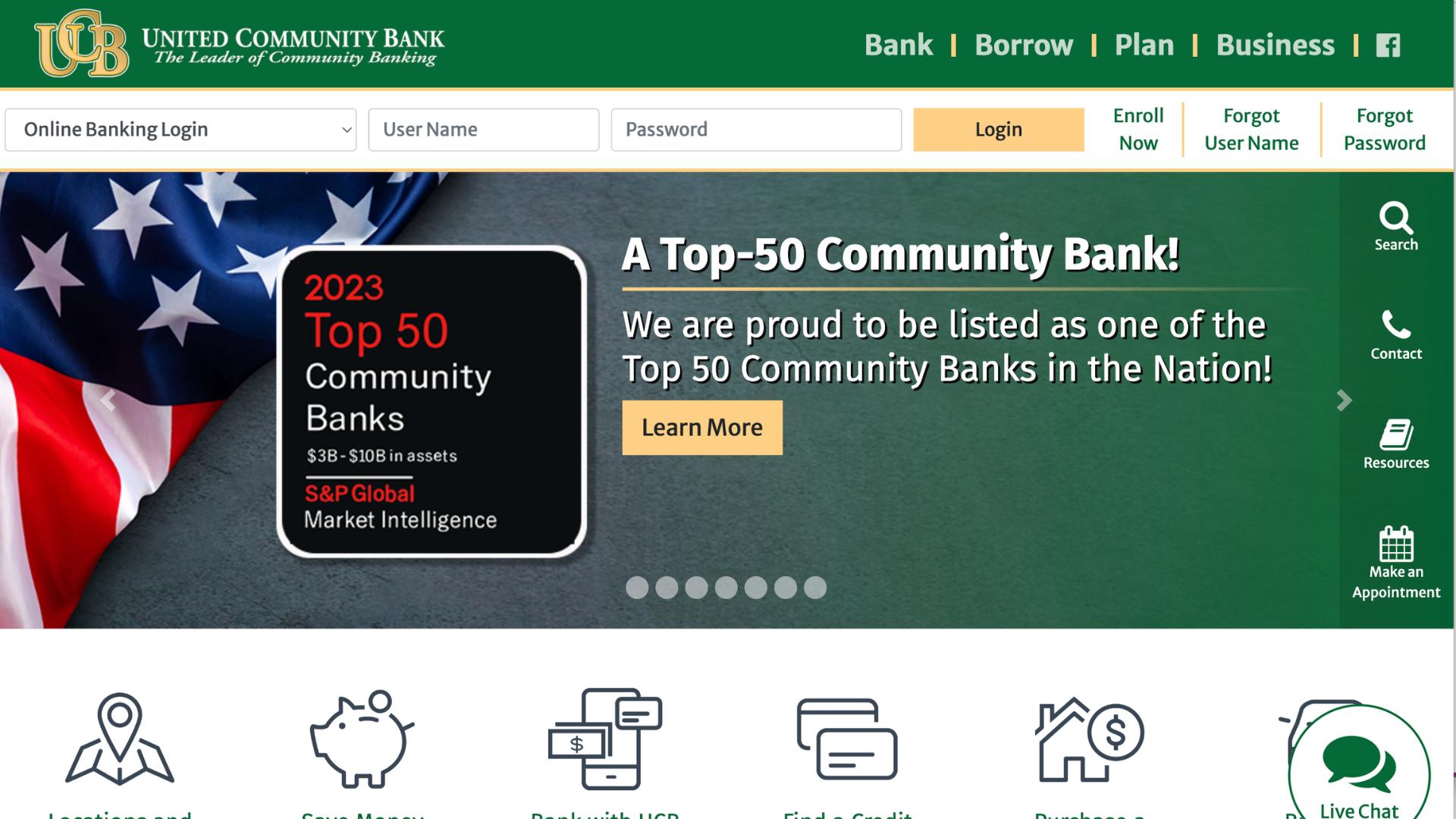Financial institutions need robust, secure, and user-friendly websites to maintain customer trust and efficiently deliver services. Whether it’s a large investment bank or a community credit union, the online presence of financial services plays a crucial role in how they interact with their clients. But what makes a finance website effective? Let’s explore the key features that are essential for finance websites, using some real-world examples to illustrate.
Key Features of Finance Websites
- Security and Compliance: Security is the cornerstone of any finance website. Given the sensitive nature of financial transactions and personal data, these sites must adhere to the highest standards of cybersecurity. This includes SSL encryption, secure logins, and compliance with regulations like GDPR, PCI DSS, and others relevant to financial data protection.
- User-Friendly Design: Financial websites should be intuitive and easy to navigate. Customers need to access information, manage accounts, and perform transactions without hassle. A clutter-free interface with clear calls to action (CTAs) can enhance user experience significantly. For instance, Sun Federal Credit Union offers a clean and straightforward website where users can easily locate services like online banking, loan applications, and financial advice.
- Mobile Responsiveness: With more users accessing services via mobile devices, having a responsive design is non-negotiable. Websites should be optimized to work seamlessly across all devices, providing the same level of functionality and security. United Community Bank exemplifies this by ensuring that its website functions flawlessly on both desktops and smartphones, allowing customers to manage their finances on the go.
- Personalized User Experience: Personalization in financial services websites can greatly improve customer satisfaction. This could be through personalized dashboards, tailored financial advice, or alerts based on user activity.
- Robust Finance Content Management System (CMS): Finance websites often require frequent updates, whether it’s posting new interest rates, updating security protocols, or sharing financial news. A robust CMS like Concrete CMS can empower financial institutions to manage their content efficiently. Concrete CMS is particularly well-suited for organizations with compliance concerns, such as banks and insurance companies, as it combines ease of use with enterprise-level security features.
- Customer Support Integration: Providing accessible and reliable customer support through live chat, chatbots, or dedicated support pages is essential. Customers should be able to quickly get help with their queries, whether they are navigating the site or need assistance with their accounts.
- Accessibility: Ensuring that websites are accessible to all users, including those with disabilities, is not just a legal requirement but also a way to enhance user experience. This includes features like screen reader compatibility, keyboard navigation, and high-contrast modes.
Download Your Free Bank Website Security Checklist
To help you assess your security risks, we’ve put together a comprehensive Bank Website Security Checklist. This easy-to-use resource will help you:
- ✔ Identify potential vulnerabilities
- ✔ Strengthen access controls
- ✔ Ensure compliance with security best practices
Don’t wait for a security breach to realize you have a problem. Download the checklist today and take the first step in securing your bank’s digital presence.
BTG Pactual: As Latin America's largest investment bank, BTG Pactual's website is a prime example of a secure and professionally designed platform that caters to high-net-worth individuals and businesses. The site offers a wealth of information, from market insights to investment services, all while maintaining top-notch security and compliance.


Sun Federal Credit Union: Sun Federal’s website focuses on simplicity and user experience, ensuring members can easily access banking services, from checking balances to applying for loans. The mobile-responsive design ensures that these services are available anytime, anywhere.
SIS Insurance: This website stands out for its personalized user experience, offering tailored insurance solutions that users can easily manage online. The integration of robust content management ensures that updates and customer communications are timely and effective.


United Community Bank: The bank’s website exemplifies mobile responsiveness and user-friendly design, allowing customers to conduct banking operations effortlessly, whether they are at home or on the move.
Conclusion
A well-designed finance website is a powerful tool that can enhance customer trust, improve user experience, and ensure compliance with regulatory standards. By focusing on security, user-friendly design, mobile responsiveness, and personalized experiences, financial institutions can create websites that not only meet the needs of their clients but also stand out in a competitive digital landscape. Whether you're a large investment bank or a small credit union, these principles are key to building a successful online presence.
